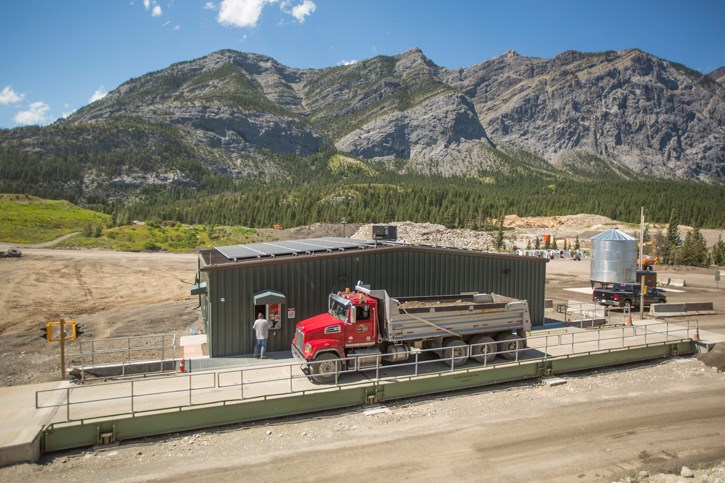EXSHAW – One community’s waste could soon become another’s energy source.
Officials from Southern Alberta Energy from Waste Association (SAEWA) announced this week they will be moving forward with finding a location for the project after being awarded a $400,000 funding from the Alberta Community Partnership program grant.
“We are excited to move forward to identify an appropriate site for the energy from waste facility. Our process to date has resulted in six southern Alberta municipalities expressing interest in hosting an EFW facility,” said Paul Ryan, SAEWA vice chair/project lead and MD of Bighorn councillor.
Established in 2009, the non-profit SAEW association is a coalition of 60 municipal entities and waste management jurisdictions in southern Alberta with the mission to research and implement energy recovery from non-recyclable waste materials in order to reduce long-term reliance on land fills.
“This is a great project and we look forward to seeing it advance with proven technology that can benefit all of our members,” Dene Cooper, Reeve of MD of Bighorn said.
Energy recovery from waste can be done using technologies such as anaerobic digestion, gasification, combustion, or incineration with energy recovery.
Anaerobic digestion typically uses livestock waste decomposing the organic matter turning it into methane gas. Gasification can take wood and coal transforming the once garbage into a gaseous product which can be burned as fuel or further refined into a liquid fuel. Incineration is the process of thermal destruction of selected waste, where heat recovered can be used to generate electricity or provide district heating.
“In the right location, an energy from waste facility will not only produce district energy, but can also provide the necessary infrastructure for enhanced recycling of plastic and paper products whose traditional markets have collapsed,” Ryan commented.
Thanks to the $400,000 grant, officials will now have the resources to conduct in-depth assessments necessary to identify a list of potential sites suitable for an Energy-for-Waste facility.
SAEWA chair Ben Armstrong estimated this project can reduce the members greenhouse gas emission by more than seven million tonnes over the life of the project, or approximately 236,000 tonnes per year.
“Some of our members’ garbage trucks travel 800 km just to put waste into a landfill and we believe that a well-sited EFW can cut that in half,” Armstrong said.




